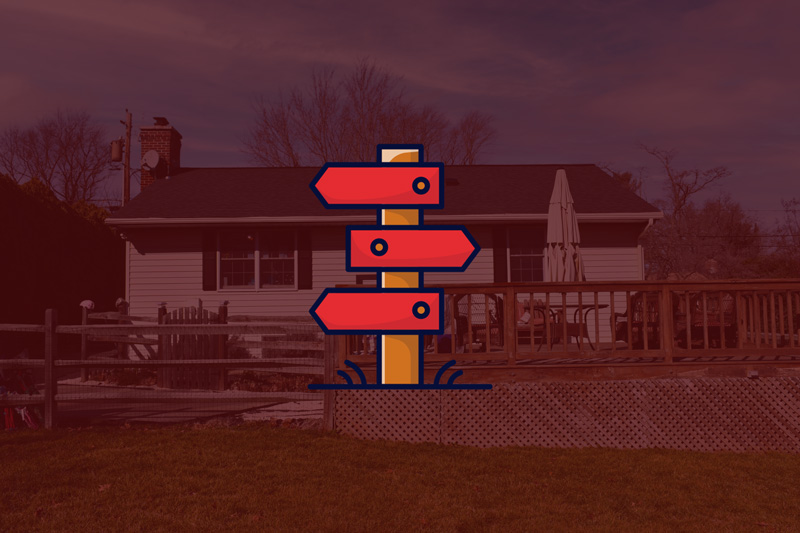Replacing Your Roof : Virginia Homeowner's Guide 2023
Roofs are designed to last for many years, but they are not indestructible. Over time, they are exposed to the elements and can sustain damage from weather events such as wind, rain, snow, and hail. Additionally, the quality of the installation and the maintenance of the roof can affect its lifespan. if your roof is between the ages of 15-20 years it might be time to start considering a roof replacement.The frequency of roof replacement depends on various factors, including the type of material used, the climate in which the building is located, and the quality of the installation and maintenance. In this article, we will explore these factors in more detail and provide insights into replacing your roof
Factor That Affect the Life Expectancy of Roofs
The lifespan of your roof is influenced by several factors, including the climate in which you live, the type of roofing material you have, the maintenance you perform, and the quality of installation. In this section, we will delve into each of these factors to help you better understand how they impact your roof’s longevity.

Signs That Indicate a Roof Needs to be Replaced
Age of the Roof
The age of the roof is one of the most significant factors in determining whether it needs to be replaced. As roofs age, they become more susceptible to damage and wear and tear. If a roof is approaching the end of its expected lifespan, it may be time to consider replacement.
Damaged Shingles
Damaged or missing shingles can indicate that a roof needs to be replaced. Shingles that are cracked, curled, or warped are more susceptible to damage and may allow water to penetrate the roof. If a significant portion of the shingles is damaged, it may be time to replace the entire roof. Read More About Roof Maintenance Here
Leaks
Leaks are a clear indication that a roof needs to be replaced. If water is penetrating the roof and causing damage to the interior of the building, it is essential to take immediate action to replace the roof.
Moss and Algae Growth
Moss and algae growth on a roof can indicate that it is time for replacement. These organisms can trap moisture and cause damage to the shingles, leading to premature wear and tear. If the growth is extensive, it may be time to replace the roof.
The Roof Replacement Process
If a roof needs to be replaced, the process can seem daunting. However, with the right contractor and proper planning, it can be a smooth and stress-free experience. Here are the steps involved in the roof replacement process:
Read More Of Our Articles
Roofs are essential for the protection and structural integrity of any building. However, they do not last forever and require replacement over time. The frequency of replacement depends on various factors, including climate, material, installation, and maintenance. Signs that indicate a roof needs to be replaced include age, damaged shingles, leaks, and moss and algae growth. The roof replacement process involves choosing the right contractor, preparing for the replacement, removing the old roof, and installing the new roof.
Please Share!











